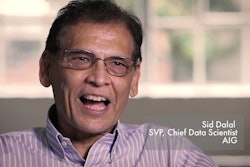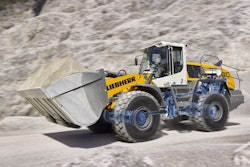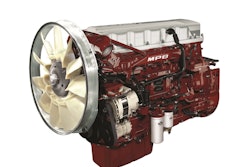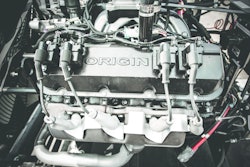In the United States, buildings consume 41 percent of the nation’s total energy use, through lighting, heating, air conditioning, elevators, and the thousands of items plugged into their sockets. In large urban centers such as Chicago and New York, the figure surpasses 70%. As the world seeks to forge a path to a clean energy future, the simple fact is that we need to reduce the energy used by cities and their buildings.
Addressing energy use in existing large commercial buildings has proven notoriously difficult. Today large commercial buildings address only two percent per year of the NPV-positive investments in efficiency that are available to them. When a market is operating so far below its financial potential, the reason is usually that supply models do not meet the buying criteria of the market — and existing building energy retrofits are no exception. A traditional energy overhaul of a building (retrofits that include replacing mechanical systems, windows, insulation, and other features during a remodel) requires significant investment, and is therefore typically timed with major renovations or capital-intensive building system replacement. While the customized approach can drive deep energy savings for an individual building and has its place in the market, it is not a model that can be deployed rapidly or at scale.
A more industrialized approach is needed, one that will reduce cost and simplify the decision-making process for buyers. However, just as each city skyline is unique, every building represents a one-of-a kind combination of uses, systems, and opportunities for efficiency — so the challenge is how to undertake an industrialized retrofit process that will address the uniqueness of each building.
To gain market traction, retrofits need to be:
- Relevant (appropriate to their building)
- Fast (a project lasting less than a year),
- Capital-light (or better yet, funded by low-cost capital provided by a third party)
- Affordable (with a simple payback of less than 4 years, and ideally closer to 2).
Read more from the Harvard Business Review.


















